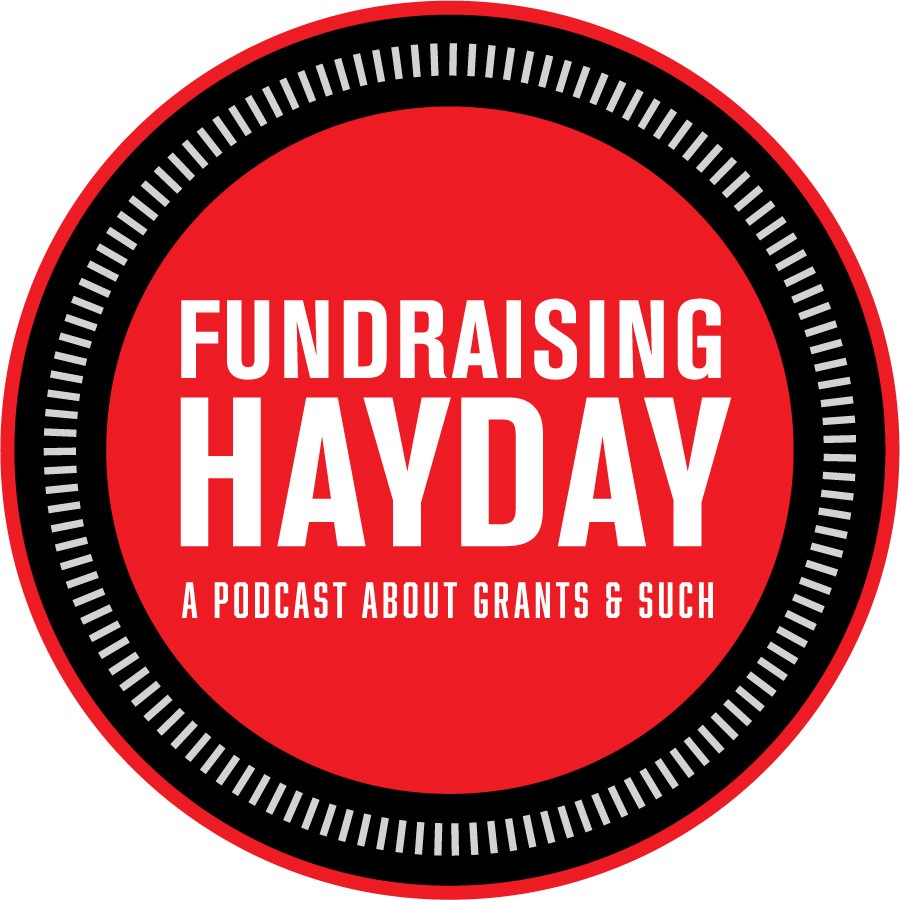HayDay Services is bringing you a series of “how-to” articles related to successful grant development.
Part 5: Goals & Objectives
Goals and Objectives are a kind of shorthand for an entire grant proposal. In fact, writing goals and objectives really doesn’t feel much like traditional writing at all. Think of it as a written diagram of the change your agency expects to see and measure as a result of carrying out a grant-funded program according to plan.
Well-crafted goals and objectives not only clearly communicate your project’s intentions but also demonstrate to funders that you have a concrete plan for achieving meaningful outcomes. Here’s how to develop excellent goals and objectives that will strengthen your grant proposals.
Understanding the Difference Between Goals and Objectives
Before diving into the creation process, it’s essential to understand the distinction between goals and objectives:
Goals are broad, overarching statements that describe the long-term impact or change you hope to achieve through your project.
Objectives are specific, measurable steps that will lead to the accomplishment of your goals.
Spicy Side Comment Alert: Note: Some funding agencies may use these terms interchangeably. There is no clear terminology standardization, especially in foundation and corporate proposals, because of course not. When in doubt, always go with the definitions provided by the funding agency and the grant application. Don’t be afraid to speak up or “enter the chat” during any technical webinars related to the grant and ask for clarification
Crafting Effective Goals
1. Be Clear and Concise: State your goals in simple, straightforward language that anyone can understand.
2. Focus on the Big Picture: Goals should reflect the overall impact or change you want to see as a result of your project.
3. Align with Your Organization’s Mission: Ensure your goals are in line with your organization’s broader mission and purpose.
Developing Strong Objectives
Make ‘em SMART : Objectives should be Specific, Measurable, Achievable, Relevant, and Time-bound.
• Specific: Clearly state what will be accomplished, by whom, and where.
• Measurable: Include quantifiable targets that can be assessed.
• Achievable: Set realistic objectives that can be accomplished within the project timeframe and with available resources.
• Relevant: Each objective should directly contribute to achieving your stated goals.
• Time-bound: Include deadlines or timeframes for each objective.
Here’s an example to illustrate the difference between a goal and its supporting objectives:
**Goal**: Improve literacy rates among elementary school children in underserved communities.
**Objectives**:
1. Implement a daily 30-minute reading program for 200 students in grades 1-3 at XYZ Elementary School by the end of the first quarter.
2. Train 20 volunteer tutors to provide one-on-one reading support for struggling students by month 2 of the project.
3. Distribute 1000 age-appropriate books to participating students’ families by the end of the school year.
4. Increase the average reading test scores of participating students by 20% within one academic year.
By following these guidelines, you’ll be well on your way to crafting goals and objectives that will strengthen your grant proposals and increase your chances of securing funding for your important work.
Kimberly Hays de Muga, GPC, is an expert trainer and coach in nonprofit capacity building, grant writing, fundraising, and board development. She brings more than 25 years of fundraising experience that includes raising $100 million from individuals, foundations, corporations, and local, state, and federal funding for nonprofit agencies in the education, health, and human service sectors—from food banks to pediatric hospitals, to state-wide mental health coalitions.
Latest posts by Kimberly Hays de Muga
(see all)




